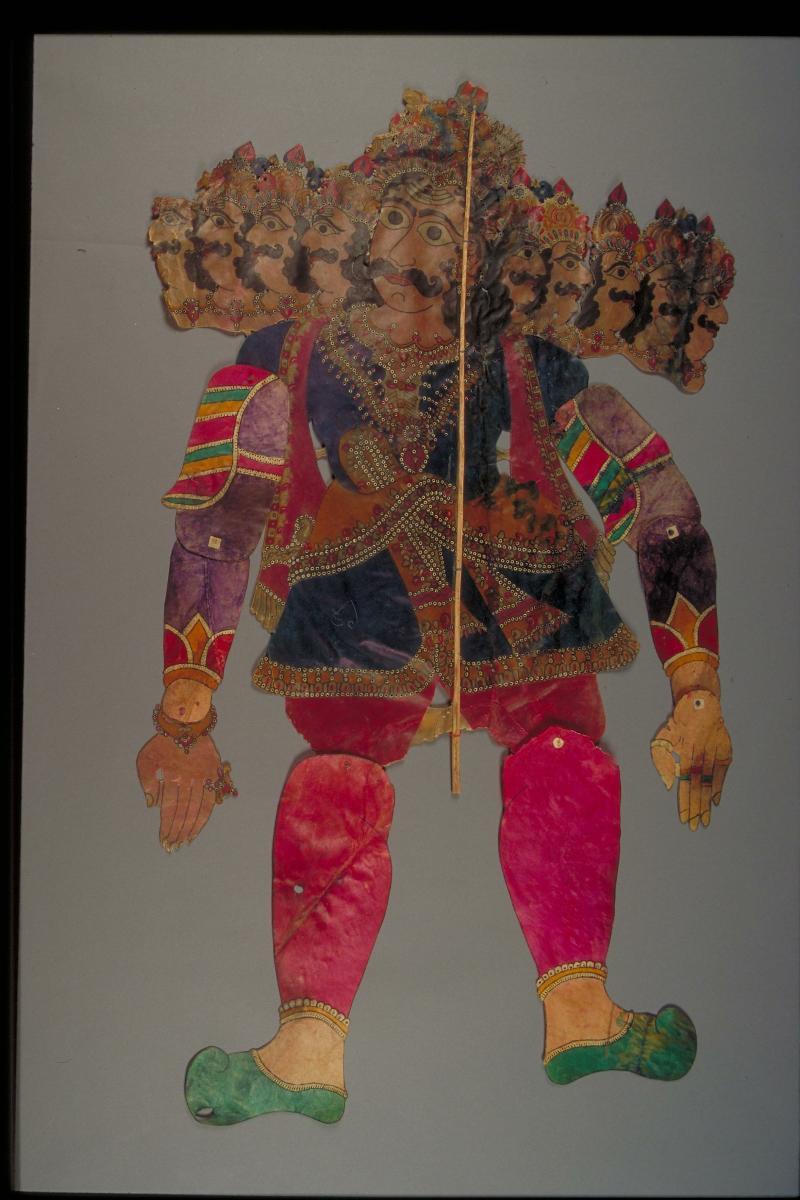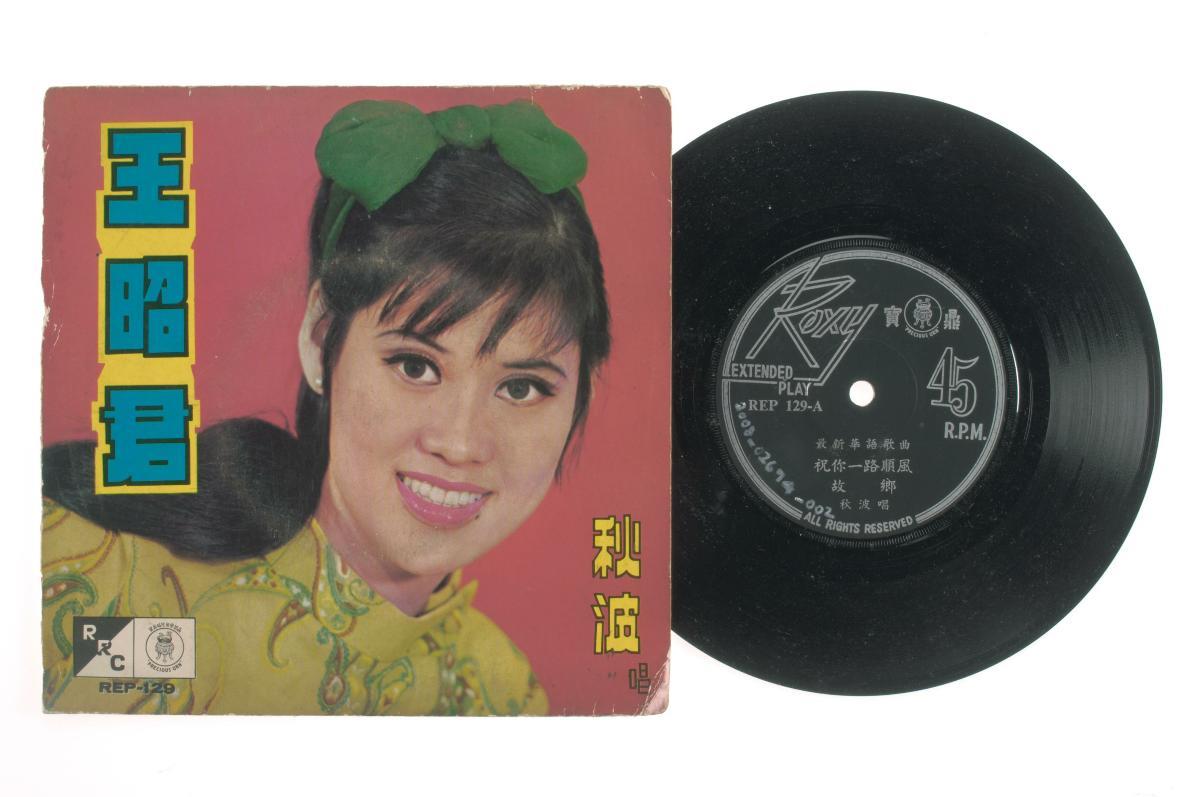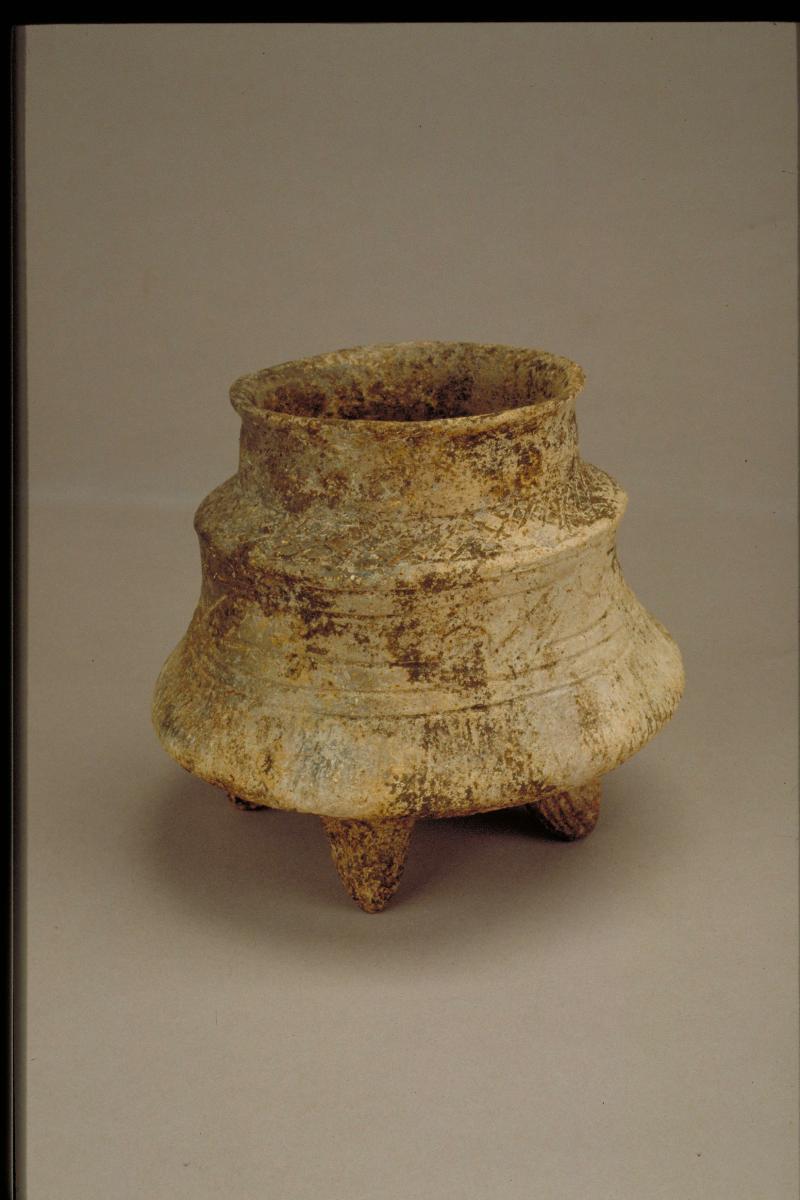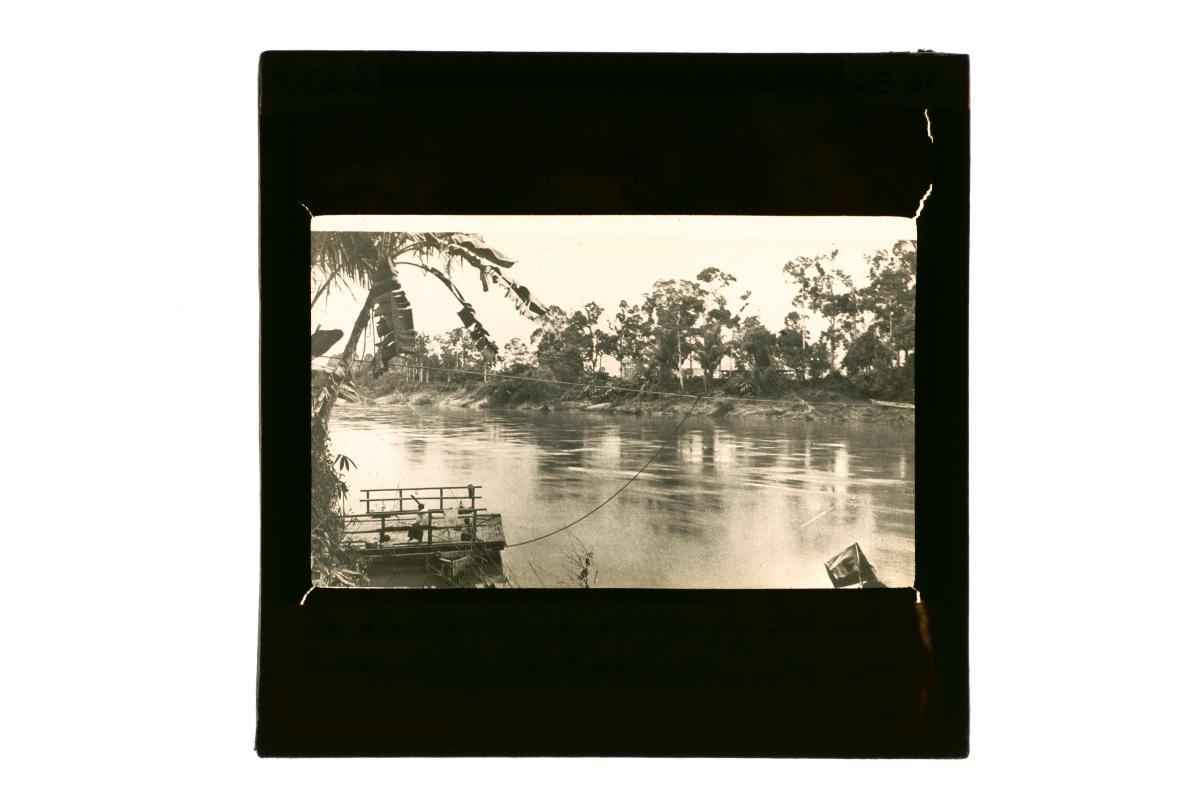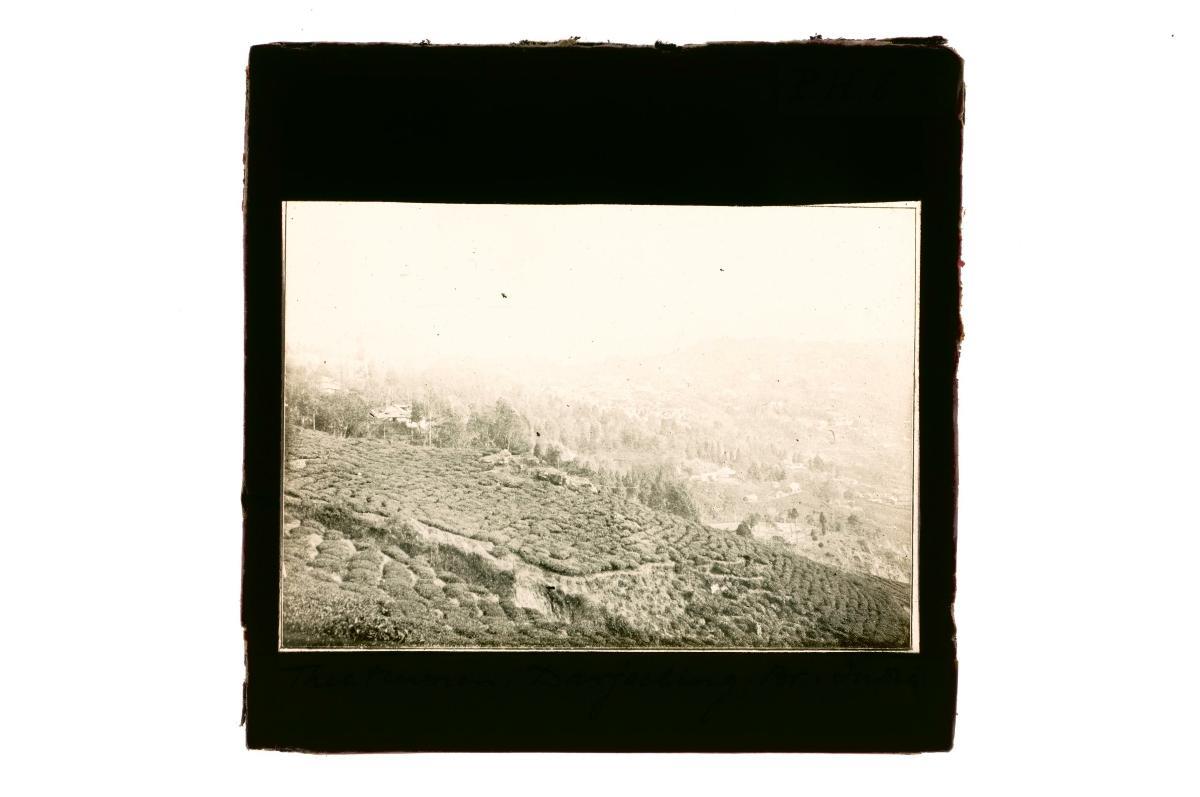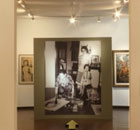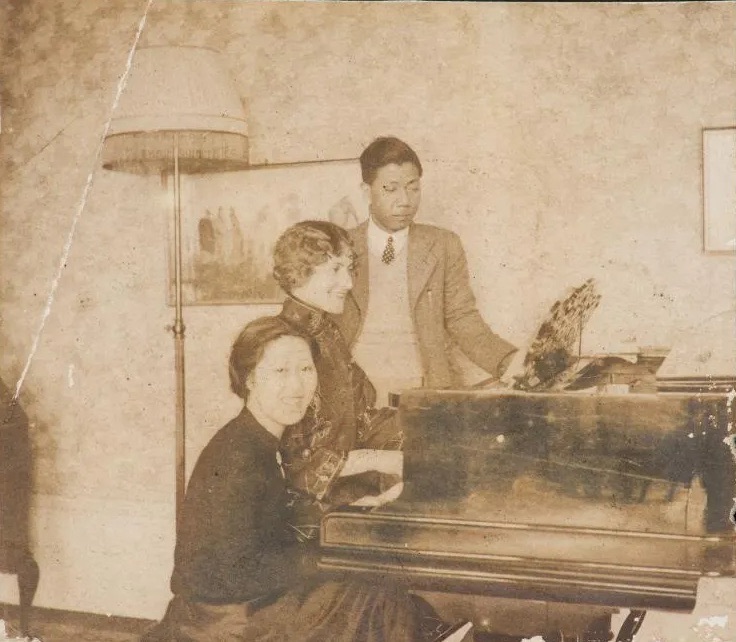This puppet plays Ravana, an evil ogre, a character from the epic Ramayana. Shadow puppetry is an art form that is popular in South India and encompasses both visual and performing arts. The divine character puppets were believed to have a spirit potent enough to be propitiated.In this puppet, Ravana has been given two hands instead of the usual twenty. This puppet is painted with synthetic dyes which shows the influence of modern media replacing the traditional natural dyes.Ravana is the King of Lanka, the main antagonist in the epic tale. He is an extremely complex character, with many interpretations of his origin and personality. He is variously presented as an evil character with no redeeming virtues, or a flawed and tragic hero who evokes both sympathy and admiration. While primarily portrayed as a villain, he is also celebrated as a revered Brahmin, a learned scholar, a great king to the people of Lanka and an ardent devotee to Shiva. Ravana is typical of the characters in the Ramayana, mirroring both the good and evil qualities of mankind, and reminding us of our fallibility.Puppets such as these are used for shadow plays, which are staged on festive occasions. In the early days of these shadow puppets, they were strongly influenced by contemporary westernisation. Today, western cinema and popular culture have an effect on them, as shown in this puppet wearing riding boots. These puppets record the changing times of history.




